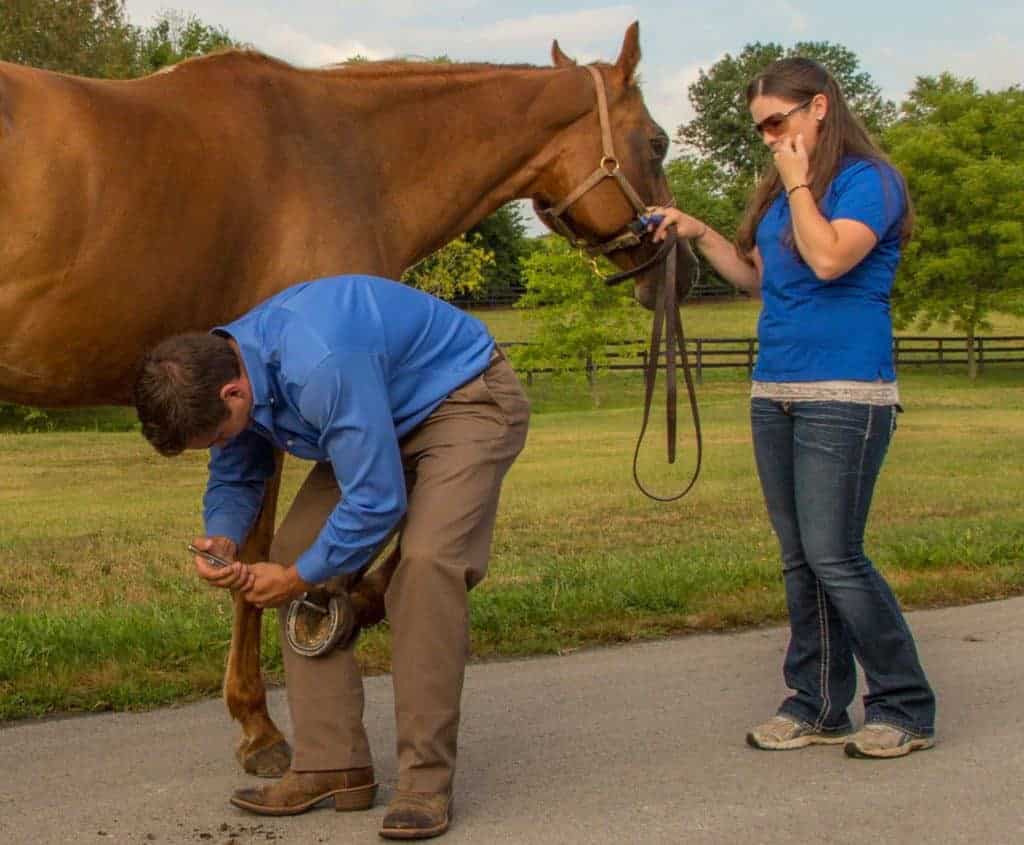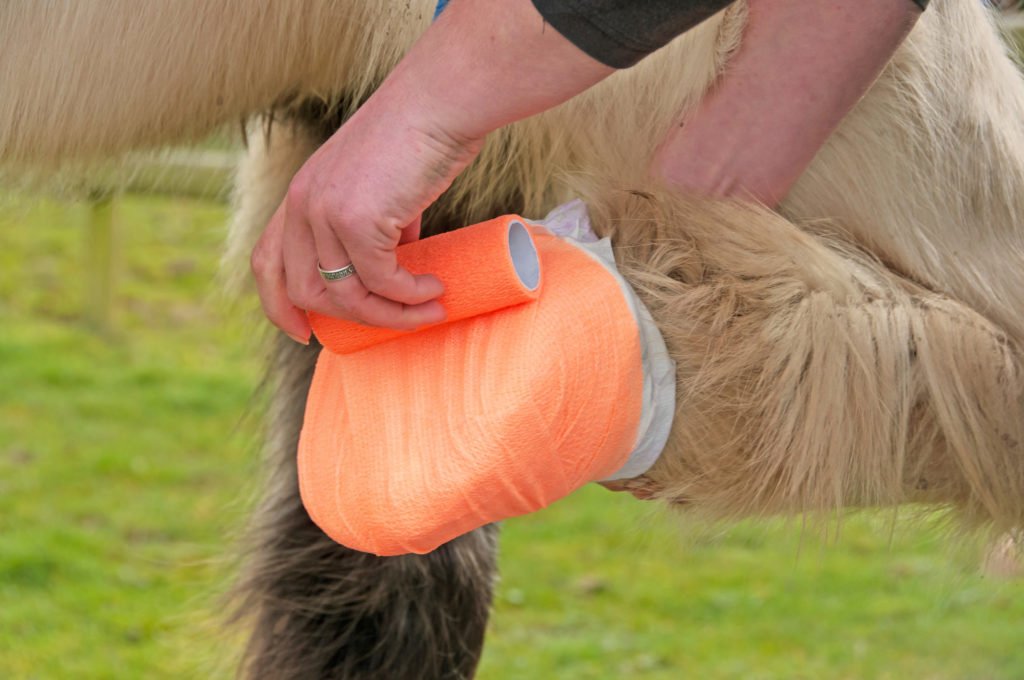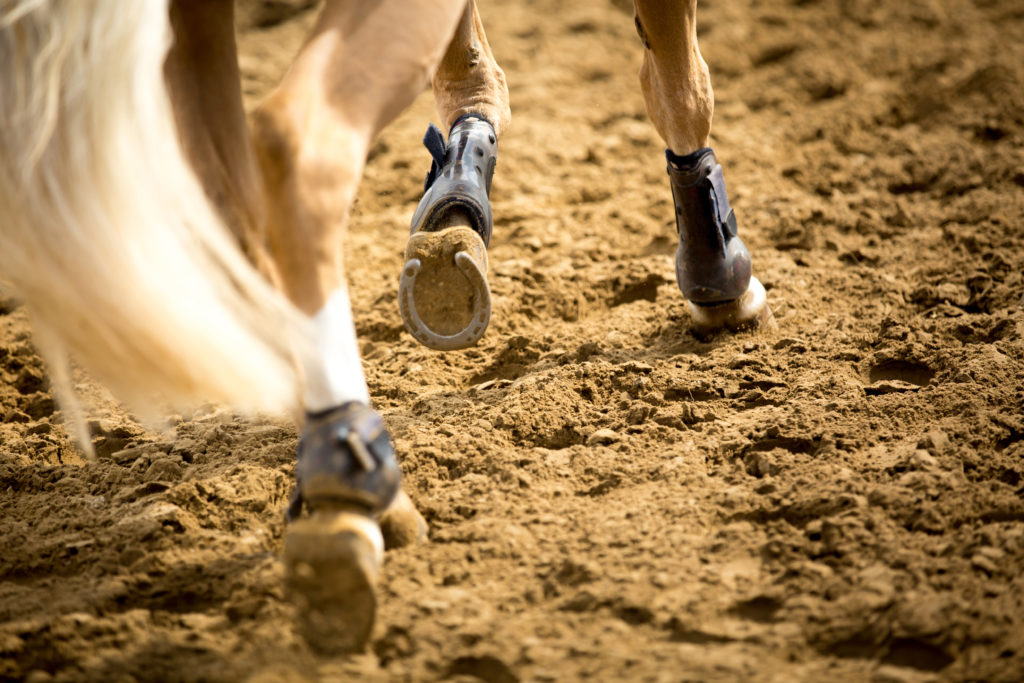
How Do Horseshoes Affect the Hoof?
Review the latest research findings on how different horseshoes affect hooves in The Horse‘s 2024 Research Roundup issue.

Review the latest research findings on how different horseshoes affect hooves in The Horse‘s 2024 Research Roundup issue.

Two hoof care experts answer questions about common hoof issues including subsolar abscesses, bruises, thrush, and more. Read more in The Horse‘s Winter 2024 issue!

Going barefoot can benefit hoof health, but consider management and physical needs before pulling shoes.

Even horses with less-than-ideal feet can lead sound and productive careers.

Veterinarians and farriers emphasize individualized maintenance for preventing lameness and promoting long-term horse soundness.

Imbalances in horses’ hind hooves can lead to hock, tendon, ligament, and even lumbar pain; precise radiograph-guided farriery can help.

Veterinarians and farriers can work together to help club-footed horses lead productive lives.

Researchers found a strong association between hind hoof balance and posture that could affect overall musculoskeletal health.

Dr. Scott Morrison describes the issues low heels can cause and the mechanical tools farriers and veterinarians can use to address them.

Find out what hoof problems you can safely manage yourself and when to call in your farrier and/or veterinarian.

Dr. Scott Fleming discusses how improper palmar angles can cause problems for horses.

Do abscesses occur more often in front or hind hooves? Do male or female horses recover from hoof abscesses quicker? When are abscesses most commonly diagnosed? Researchers found answers to these questions and more in a recent study.

Why does a horse’s hooves grow faster than his stablemates’ that are on the same diet and exercise schedule? A veterinarian who’s also a farrier shares his thoughts.

Multiple hoof-related factors can affect a horse’s performance—including balance, trim, shoes, pads, support materials, and more. Here’s how farriers can help a horse reach his potential.

Recognizing and treating club feet in young horses can help them succeed in their intended discipline and, ultimately, prevent lifelong hoof complications.

Anecdotally, we know that hoof anatomy influences horse soundness and movement, but researchers are working to put science behind that relationship. Here’s what they’ve learned so far.
Stay on top of the most recent Horse Health news with
"*" indicates required fields